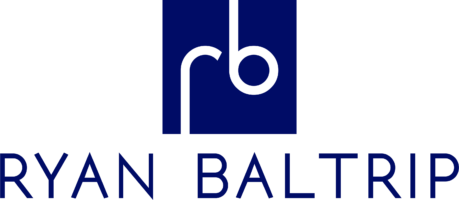Building a Strong Foundation: A University-Wide Learning Technologies Governance Framework
A well-defined governance structure is essential for the successful implementation and oversight of any university's online learning initiatives. This blog post explores the key components of a university-wide learning technologies governance framework, drawing on the example provided (though it's important to note that specific titles and reporting structures may vary depending on your institution). 1. The Executive Council: Setting the Strategic Direction The Executive Learning Technologies Council provides high-level oversight and strategic direction for the university's learning technologies. This council is likely comprised of senior leaders from various departments across the institution, with a vested interest in online learning. Their focus would be on ensuring that the university's learning technologies strategy aligns with the institution's overall academic goals. 2. The Strategic Team: Guiding Implementation The Strategic Learning Technologies Team translates the broad strategic vision of the Executive Council into actionable plans. This team might consist of learning technology experts, instructional designers, curriculum specialists, and representatives from colleges and departments across the university. Their role would be to develop policies, procedures, and best practices for the use of learning technologies in online courses and programs. 3. College and Departmental Support The framework acknowledges the importance of Classroom Technology Committees within colleges and departments. These committees would likely be responsible for selecting, implementing, and supporting learning technologies specific to the needs of their faculty and students within a particular discipline. The blog post doesn't mention a Media Technology Team, but it could be part of the Strategic Learning Technologies Team, providing expertise in multimedia creation and production for online courses. 4. Collaboration and Communication The overall structure emphasizes collaboration and communication between various stakeholders: The Executive Council provides guidance to the Strategic Team. The Strategic Team supports the work of College and Departmental Technology Committees. Operational staff likely works collaboratively with all levels of the governance structure to ensure the smooth day-to-day operation of learning [...]




